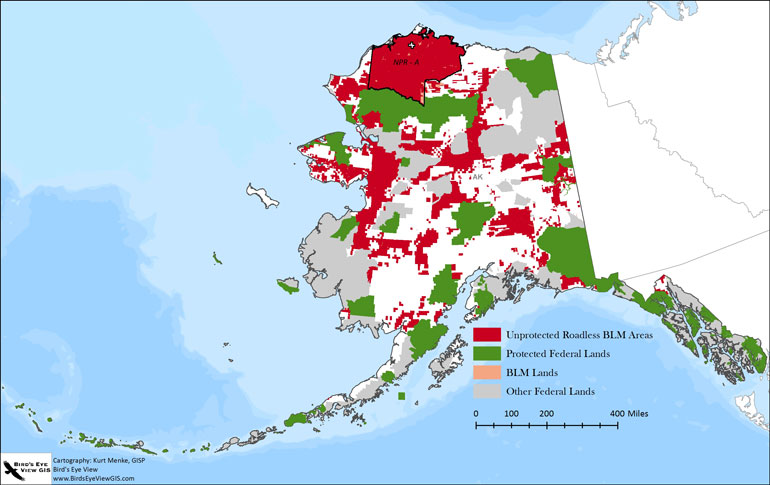
Normally when we hear about the value of territory managed by the Bureau of Land Management, it’s in the context of how the land can be used for oil and gas development, mineral extraction or ranching.
But, a recent study by an outside group takes a look at other economic benefits of the land.
Ken Rait is the director of the U.S. public lands program at The Pew Charitable Trusts.
“For decades, BLM lands have been seen as treasure troves for energy developers, for the mining industry, and for the ranching community,” Rait said.
For Alaskans, oil and gas development is at the forefront of discussions involving Bureau of Land Management lands – particularly in the National Petroleum Reserve – Alaska.
But, Rait says, a fiscal aspect that is less well documented is the economic impact of recreation – specifically “quiet recreation,” or any activity that does not require an engine.
“We really wanted to understand how much quiet recreation brings to the table in the larger picture of western economies,” Rait said.
So Pew commissioned a new study to find the answers.
Kristin Lee is with EcoNorthwest, the company Pew commissioned to conduct the study.
She says the study takes into account everything from how much time visitors are on BLM Land and what they do while they’re there, to how much money they are spending and how those dollars are redistributed into local economies.
“That spending results as it circulates throughout the economy in nearly 25,000 jobs; in $2.8 billion in economic output, and $1.5 billion in value added; and in nearly $800 million in personal income,” Lee said.
That’s the nationwide view from data gathered in 2014.
In Alaska that breaks down to more than 450 jobs, $46.5 million in total economic output, and over $13 million in personal income generated from activities like dog mushing, fishing, picnicking, geocaching and everything in between.
